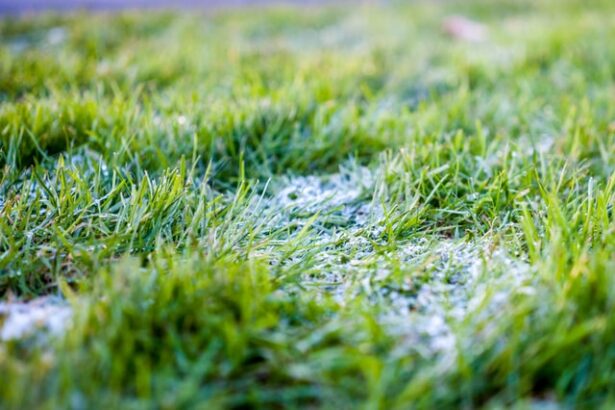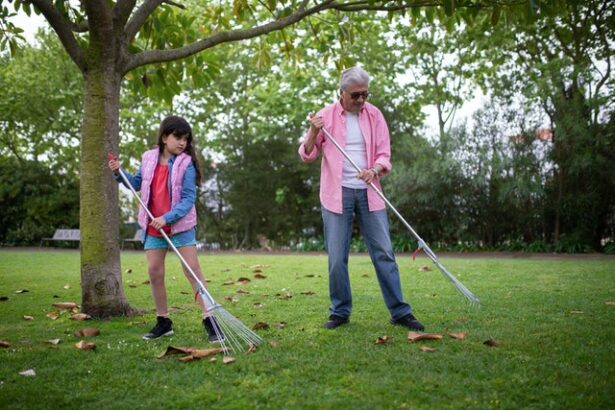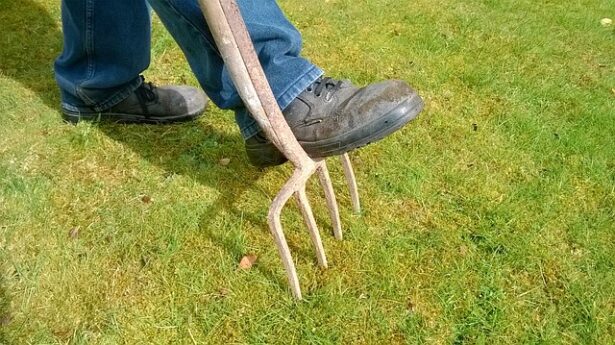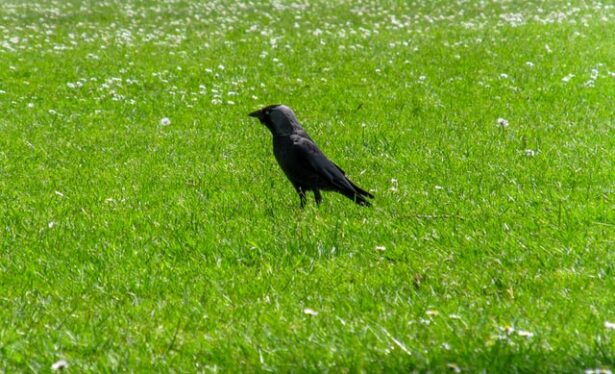
If you have prepared your lawn for winter, it will be that much easier to revitalize it in spring. But even if you haven’t, reviving your lawn after winter is a straightforward process. It will take some time and effort, though, so flex your green thumbs and learn how to bring back your Seattle lawn into shape.
Stages of lawn care after winter
Just as your home requires spring cleaning, your lawn craves attention after cold, snowy months. Mid-March is the optimal time to start reviving your lawn, although you should wait for a few dry days in a row to begin. Put the following lawn care tasks on your checklist:
● Raking
● Mowing
● Overseeding
● Aerating
● Weeding
● Fertilizing
● Watering
Timely preparation implies inspecting your gardening tools and confirming they’re in good working order. The best way to ensure every tool is functional and ready for the spring season is to learn the right way to store it over winter. Cleaning the tools and emptying fuel and oil containers is as necessary as dry and clean storage space. Which tools will you need?
● Lawn rake
● Slit seeder
● Manual core aerator (spike aerator) or aerating machine
● Long-handled weed puller
● Push mower, power mower, or mulching mower
● Soaker hoses, drip irrigation system, sprinklers, rainwater collecting system
Service the mower and repair all other tools that have visible signs of wear and tear. The perfect time to do it is while the temperatures are still low. Don’t let the spring surprise you!
Starting a spring cleanup: Raking
As soon as you can tie three dry days by the end of February or the beginning of March, start raking. By the time temperatures have risen enough to start gardening, your lawn should have exposed any potential problems like snow mold and thin spots.

Thatch build-up is responsible for fungal diseases like pink and gray snow mold. Removing the mold is not only important for restoring the infected lawn patches but also for preventing allergic reactions. Although the snow mold dies out when temperatures go up, you can dispose of it sooner. Raking helps revive your lawn after winter by allowing it to dry sooner.
Overseeding bare spots
Raking should give you a clear picture of thin spots on your lawn and break down any large chunks of soil. The empty patches will develop in places where the grass died due to freezing or drowning. Even though you can’t influence how weather impacts your lawn, you can refresh the bare spots by overseeding them.
And although you don’t need any tools to do so, a slit seeder will expedite germination and increase its success. When overseeding your lawn, use native grass seed blends. Choosing Northwest-adapted varieties of grasses like Fescue or Kentucky Bluegrass also improves your home’s energy efficiency by preserving water and fuel used for mowing. Should you need to replace the larger parts of the lawn, resodding service in the Seattle area costs between $1.53 and $1.85 per square foot, depending on the lawn size.
Aerating your lawn
Aeration will loosen the soil and allow the water and oxygen to reach the grassroots through aeration holes. Otherwise, if the soil is already too wet, aeration will help it dry. All you need to do is insert a spike aerator in the ground and wiggle it slightly to raise the soil.

Repeat the process at about every 6 inches until you aerate the whole surface of the lawn. Aerating takes time if your lawn is too big and you do it manually, but you have an option to partner with professionals. Aeration services in the Seattle area range from $80 to $120 per 1,000 square feet of lawn surface.
Fighting weeds and pests
There are a couple of ways to combat weeds in spring. By overseeding and growing a dense lawn, you bring in healthy competition. Use the weed puller to extract stubborn weeds’ roots. Bear in mind that it’s a lot easier to pull them out while the soil is still wet. The last resort is pesticides but be cautious when using chemical weed killers.
According to Seattle Public Utilities (SPU), improper lawn care in Seattle is responsible for the pollution of streams and excessive water consumption. If you do need to use weed killers and pesticides, apply the chemicals in the dosage recommended by the producer and spread it directly over the weed patches.
Grubs vs. Birds
Weeds are not the only ones interested in your lawn in spring. After the winter fasting, your lawn may become a feasting ground for crows and other birds. The good news is that birds will eliminate Chafer beetles and other harmful insects. The downside is that they leave ugly 1-inch holes behind and damage the roots. Metaphorically speaking, you can kill two birds with one stone if you eliminate grubs in the first place.
Chafer beetles have one more natural enemy – nematodes. However, the problem is that you can apply nematodes only once the temperatures rise significantly – in July. So, if you have a grub-infested lawn, prepare on time. Keep your lawn aerated, dethatched, and healthy. Purchase nematodes from April through June in a local gardening center. In the summer, apply nematodes as instructed by the producer and water the lawn regularly. Moreover, Fescue grass doesn’t attract grubs because it doesn’t produce thatch. One more reason to grow native varieties!

Mowing and fertilizing your lawn: when and how
Ideally, you will mow your lawn on the highest setting as soon as it dries after raking. Grass clippings produced this way will not cause thatch build-up. On the contrary, they will get “grasscycled” into free fertilizer. Bi-weekly mowing at two inches is optimal.
The best time to fertilize your lawn is in late April or early May, when grass growth starts to slow down. Whenever you can, use compost, grass clippings, natural organic, or slow-release fertilizers to feed your lawn. If you wish to hand over the lawn care to local experts, know that the bi-weekly moving with fertilization service costs between $30 and $50 for every 1,000 square feet of lawn surface. Consider liming your lawn once every couple of years to restore the optimal pH value of the soil.
How to water your lawn and be eco-friendly
It IS easy being green, so to speak. Do your best to adopt an eco-friendly practice of recycling rainwater and save water you’d use for gardening. Seattle gets about 0.7 inches of rainfall during July and August and about 1.5 inches in June and September. This fact makes rain the most valuable resource for environmentally conscious lawn owners.
Take advantage of the fact that Seattleites can get rain barrels affordably from the SPU. With the right watering system, you will boast a vivid green lawn even during the dry summer season and protect the environment. Remember this while reviving your lawn after winter and collect rainwater while it’s available.


Leave a Reply